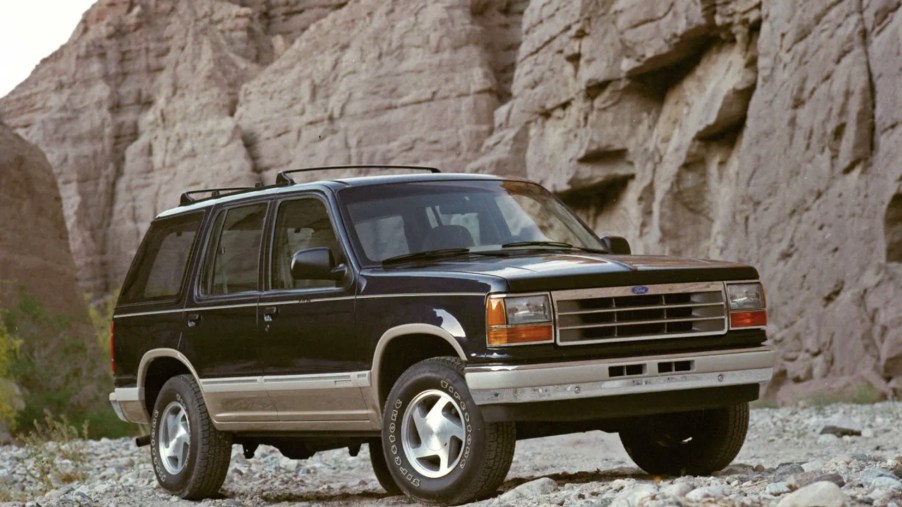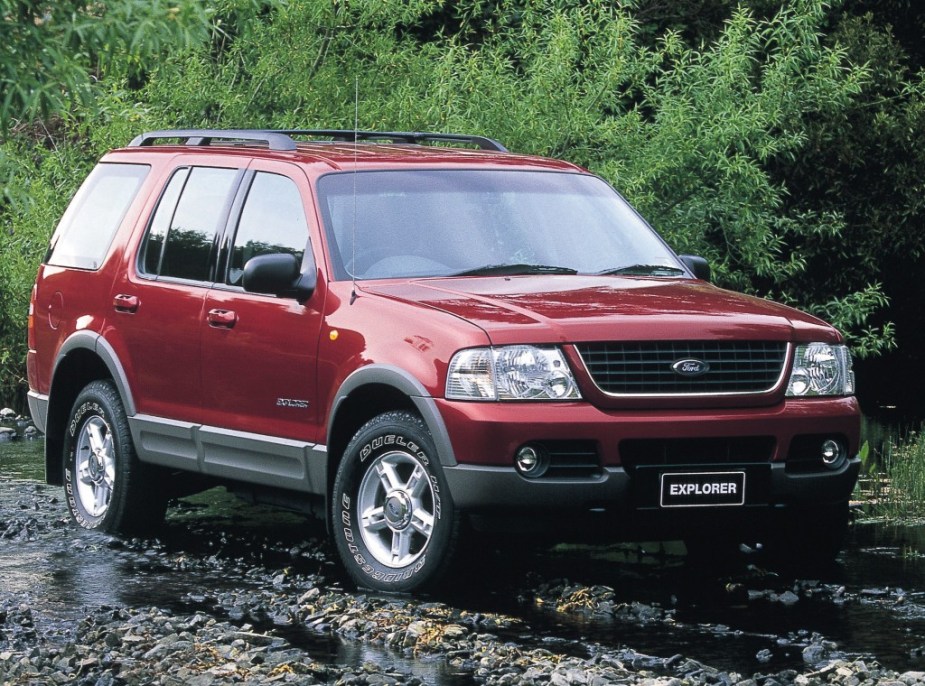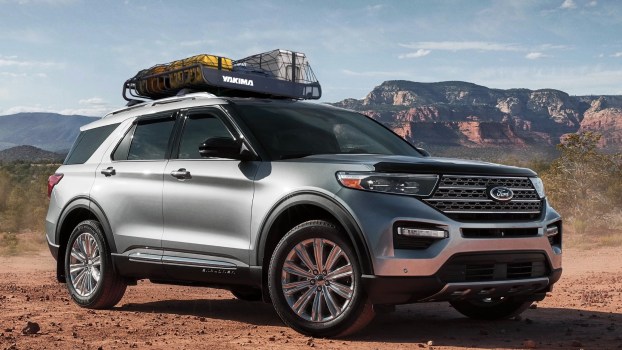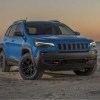
The Ford Explorer Put the Bronco in Its Grave
While roaming around the Chicago Auto Show I heard an interesting take. Someone mentioned that the Ford Explorer came into existence because moms wanted a family car that wasn’t a minivan. Upon looking at the history of the Ford Explorer, it was created for other interesting reasons.
The history of the Ford Explorer
The iconic Ford Explorer debuted back in 1990, meaning it is 34 years young. The 1991 Explorer was the first model year, and it was designed to replace the Ford Bronco II. However, the last Bronco didn’t roll off the line until 1996.
There were a few issues with the Bronco II. It had an incredibly high rollover risk with 3.78 fatalities per 10,000 vehicles. The Suzuki Samurai only had 1.11 rollover-related deaths per 10,000 vehicles.
Also, the two-door Bronco was struggling with delving sales as the needs of customers shifted to more four-door options.
This makes sense as the Explorer was an instant hit and was marketed as a family vehicle. It promoted modern safety features that the Bronco II needed and rugged capabilities to take the whole family adventuring.
The first Explorer generation lasted from 1991 to 1994 with three-door and five-door configurations. Both options were larger than the Bronco.
Also, the Explorer Sport was a two-door model with a wheelbase that was 10 inches shorter. The 4.0-liter V6 engine cranked out 160 hp.
The second generation lasted from 1995 to 2001. This model was more refined for a smoother ride and got more power. Engine options included a 4.0-liter V6 and a 5.0-liter V8 unit. It was also more aerodynamic.

Then the third Explorer generation from 2002 to 2005 gained family-friendly improvements such as an available third-row. An independent rear suspension improved the ride quality and the cabin gained more upscale materials. The last manual transmission was offered in 2002.
From 2001 to 2005 you could get the Ford Explorer Sport Trac. It was a truck that was larger than the Ford Ranger with a composite bed and V6 power. The sport Trac returned from 2007 to 2010.
The fourth generation from 2006 to 2010 gained more safety improvements such as canopy airbags and roll stability control. The cabin design was also improved to be more comfortable and upscale.
Next, the fifth generation Ford Explorer lasted from 2011 to 2016. This generation was more powerful and efficient. It gained a modern unibody build to improve its comfort, performance, and handling.
From 2016 to 2019, the sixth generation Explorer gained sleek and modern styling that helped it become the most popular three-row vehicle available The new 2.3-liter four-cylinder engine was no slouch
The current generation launched in 2020 with modern upgrades such as the hybrid engine and wireless Apple Carplay/Android Auto. Also, the Bronco made its return, providing that both SUVs can live in harmony.





